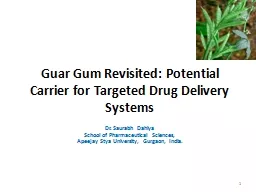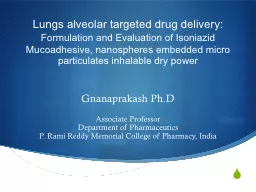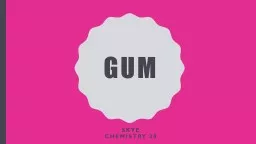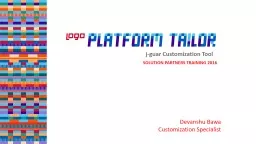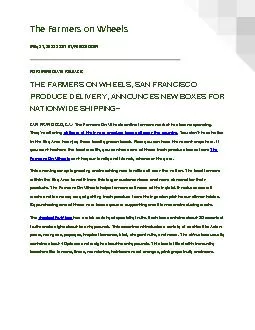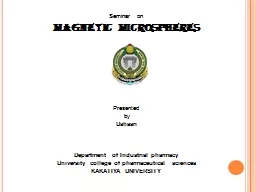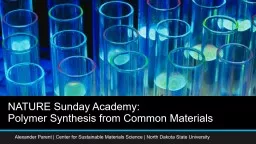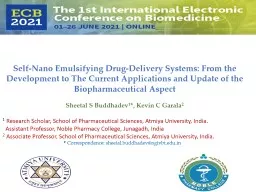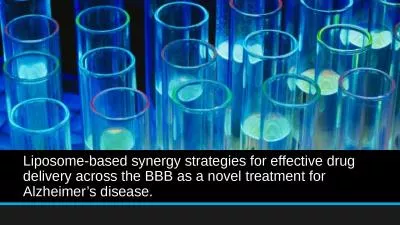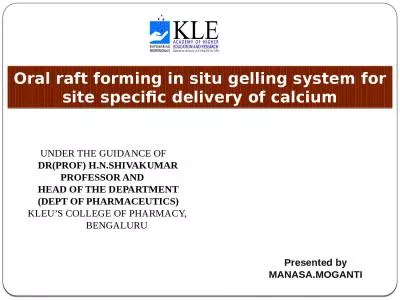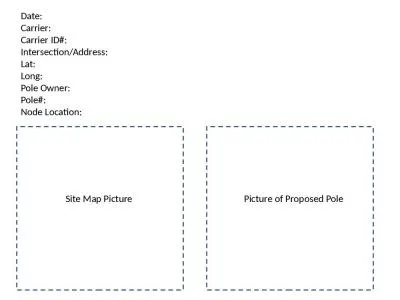PPT-Guar Gum Revisited: Potential Carrier for Targeted Drug Delivery Systems
Author : tatyana-admore | Published Date : 2018-12-07
Dr Saurabh Dahiya School of Pharmaceutical Sciences Apeejay Stya University Gurgaon India 1 Guar gum has high drug loading capacity biocompatibility
Presentation Embed Code
Download Presentation
Download Presentation The PPT/PDF document "Guar Gum Revisited: Potential Carrier f..." is the property of its rightful owner. Permission is granted to download and print the materials on this website for personal, non-commercial use only, and to display it on your personal computer provided you do not modify the materials and that you retain all copyright notices contained in the materials. By downloading content from our website, you accept the terms of this agreement.
Guar Gum Revisited: Potential Carrier for Targeted Drug Delivery Systems: Transcript
Download Rules Of Document
"Guar Gum Revisited: Potential Carrier for Targeted Drug Delivery Systems"The content belongs to its owner. You may download and print it for personal use, without modification, and keep all copyright notices. By downloading, you agree to these terms.
Related Documents

